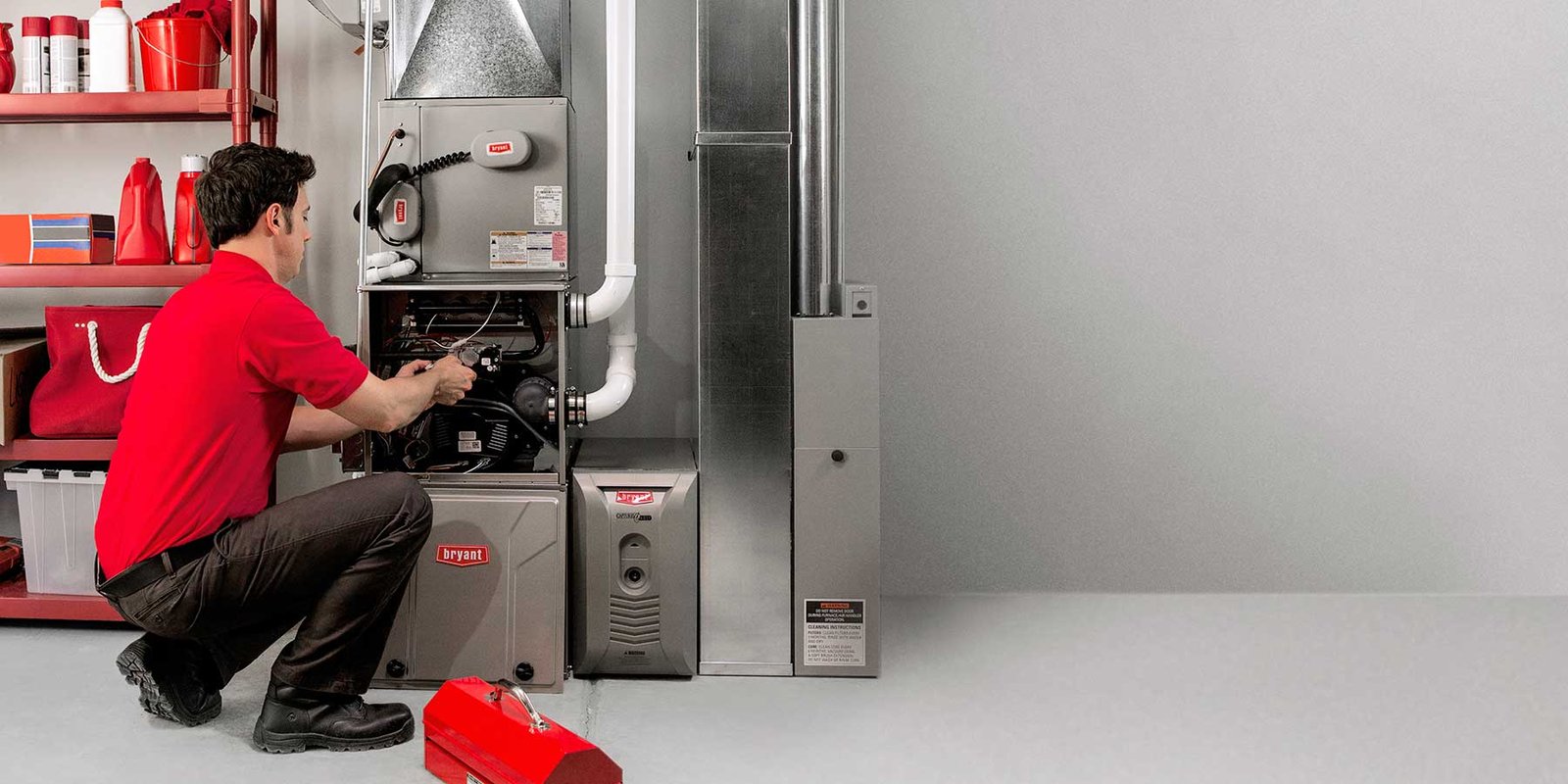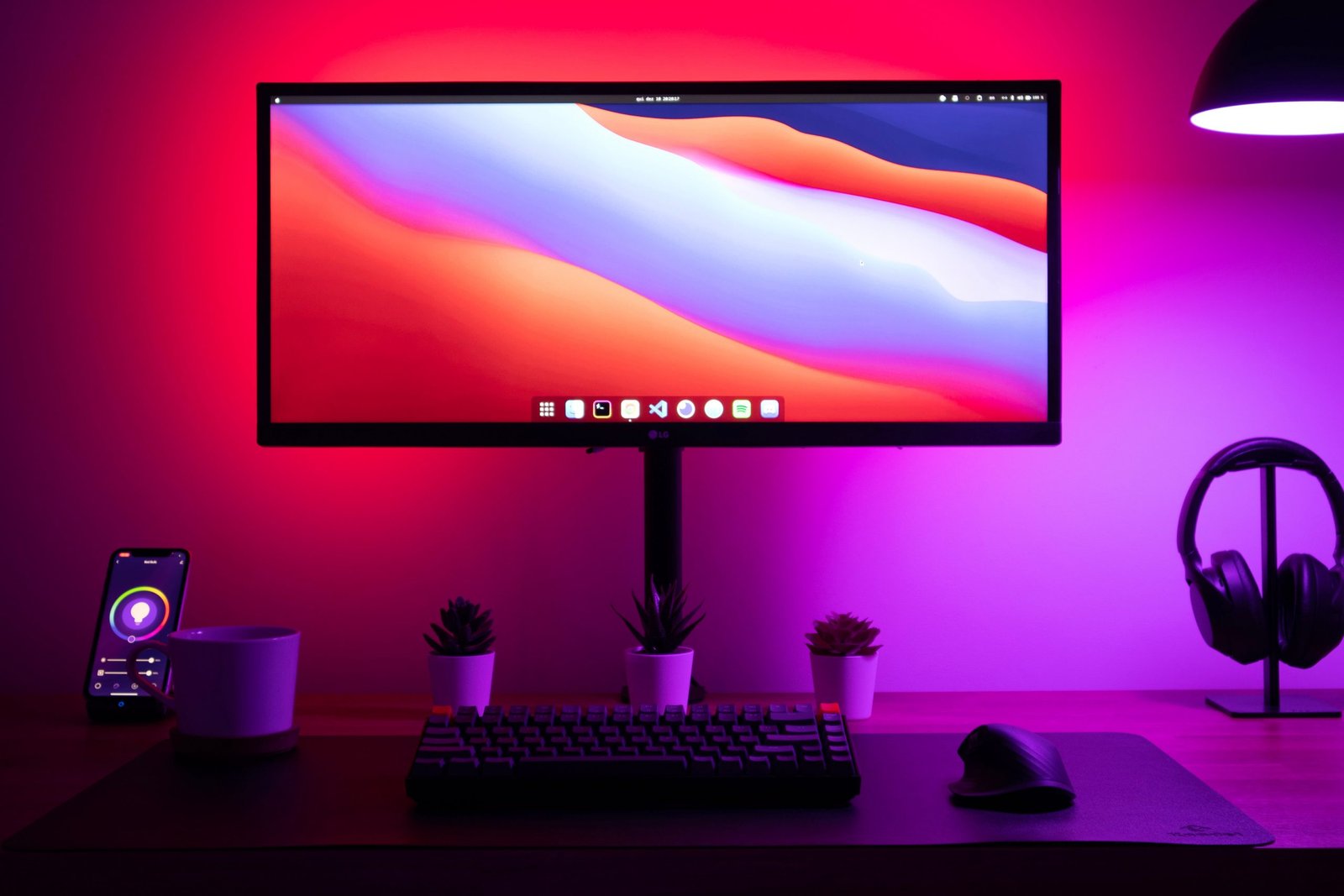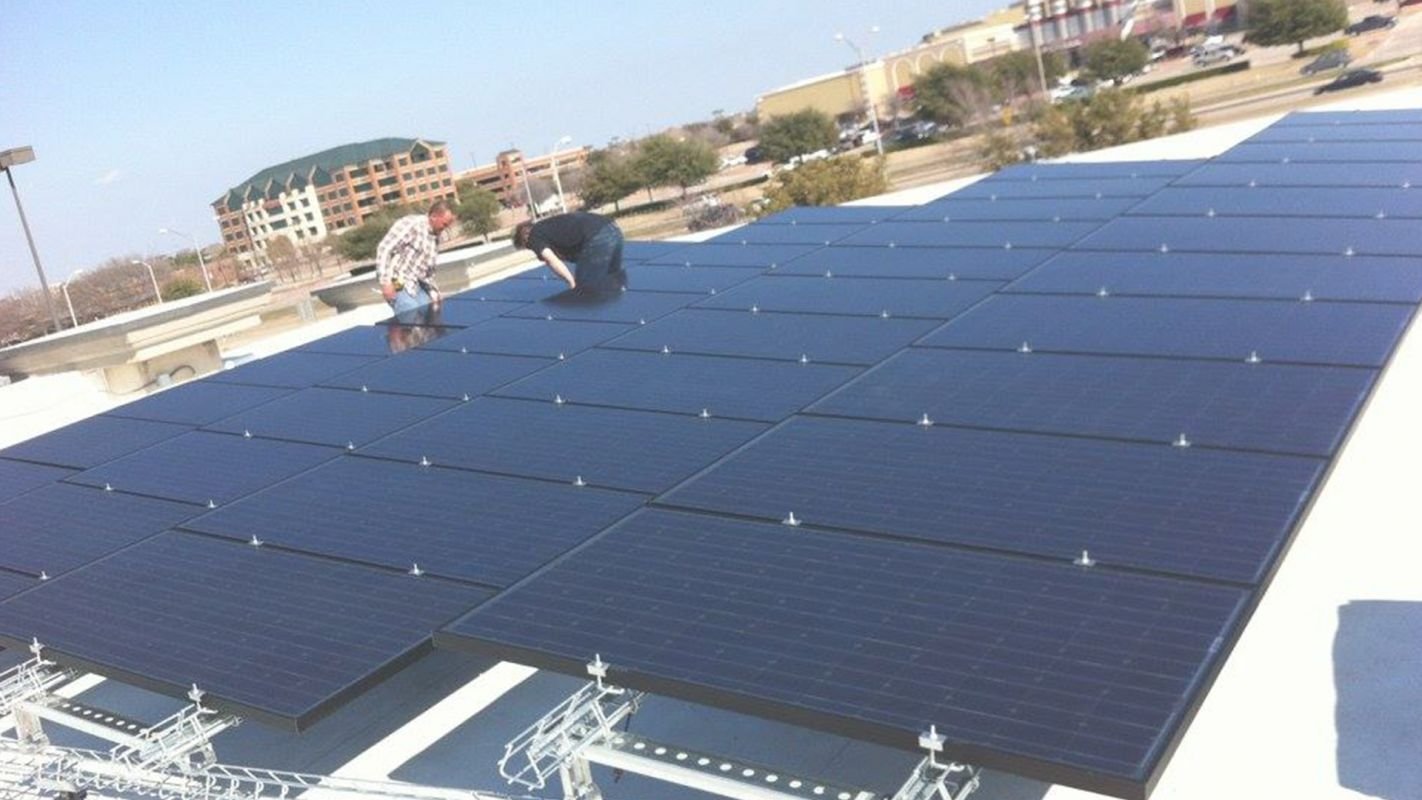Furnace Installation doesn’t have to be a difficult process. Many homeowners simply want the installation process to be completed as quickly as possible. In many cases, this process can be completed in a single day, depending on the size of the new furnace, existing ductwork and existing heating system. Larger, more complex models may require additional time.
Making Electrical Connections Before Installing A Furnace
The first step in installing a new furnace is to make the necessary electrical connections. To make the connections, you should follow a basic wiring diagram found online or at a home improvement store. Once you have the wiring diagram, you should carefully remove the old thermostat from the wall. The wires in the thermostat control board will have several terminals; you should carefully examine each terminal and note the color code on the wire.
If you are installing an electric furnace, you should use wire with a gauge of 14 or higher. Wires with a lower gauge will not handle the high heat that an electric furnace needs. If you’re using a gas furnace, you can use a smaller gauge wire.
Once you have the electrical connections, you need to make sure that the switches are in the “on” position. After ensuring that the switch is in the “on” position, you can begin installing the furnace. You will need basic electrician’s tools to do this. A basic electric drill, auger bits, and an extension cord are all required. The entire process usually takes about one to two hours. During the process, be sure to follow the national electrical codes. It is also important to obtain a permit before installing the furnace.
The wiring box for the furnace should be located close to the switch. The service panel cable should be routed to the switch wiring box. Disconnect 6 inches of insulation and sheathing from the wires inside the switch wiring box. You will need two ground wires. Twist two of them together and then bend the free end clockwise around the green switch ground terminal.
Preparing Your Home For Furnace Installation
Getting your home ready for a furnace installation starts with clearing the space. Make sure that there are no obstacles blocking the way, and remove all large items. This will make the installation faster and safer. Technicians will be careful when installing a furnace, but clearing the area ahead of time will make the job go smoother.
Make sure that there is adequate space around your furnace, so that it can properly vent. There may be laws regarding how vents are installed, so check with your fuel provider for details. You also need to make sure that there is no combustible material within three feet of the furnace.
Once your furnace is installed, check it for proper operation. There may be areas in your home that are hot, and some areas of your home are too cool. This can affect airflow, which can cause uncomfortable temperatures. It’s also important to make sure the blower motor is calibrated properly. Incorrectly calibrated blower motors can cause the equipment to run less efficiently and can reduce its lifespan. If you have questions or concerns, discuss these issues with your HVAC contractor before the installation begins.
Regardless of the type of furnace you choose, making sure the installation process goes as smoothly as possible will go a long way toward providing comfort for you and your family. Remember to be patient as the lead installer gets to work. During this process, the technician will be in your home for several hours, and you may want to offer them a place to use the restroom.
Scheduling A Furnace Installation
Scheduling a furnace installation is an important task for any homeowner. The process generally requires a few days, so it is important to set aside enough time to make sure you won’t have any conflicts with your schedule. In addition, you will need to give the furnace installation crew access to your home. This may require moving furniture and removing decorations from the walls. It may also require relocating your pets.
If you notice any strange noises coming from your furnace, it is likely that your furnace’s blower motor or inducer motor has a problem. This could be caused by a worn-out belt or a loose bearing. Other common problems include rattling noises from the lower motor, unstable ductwork, or loose sheet metal.
Before scheduling a furnace installation, you should carefully evaluate your current home comfort system. You may want to consider investing in a smart thermostat, which can lower your hydro bill and increase your comfort level. By setting up a smart thermostat, you can even set the temperature remotely or turn it on before leaving the house.
It is also a good idea to schedule the furnace installation before the fall or winter seasons. HVAC contractors get very busy during these months, so scheduling your furnace installation now will give you greater flexibility and help you get your home heated quickly.



